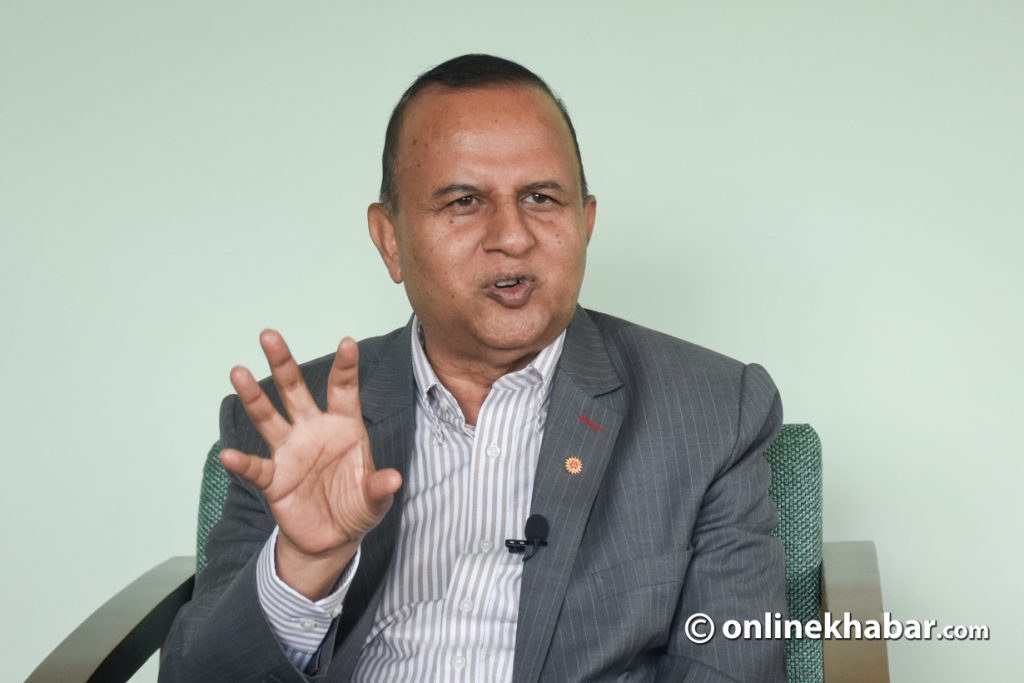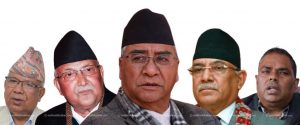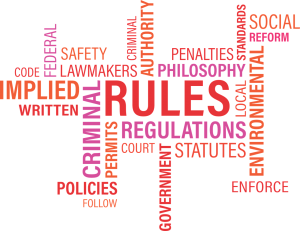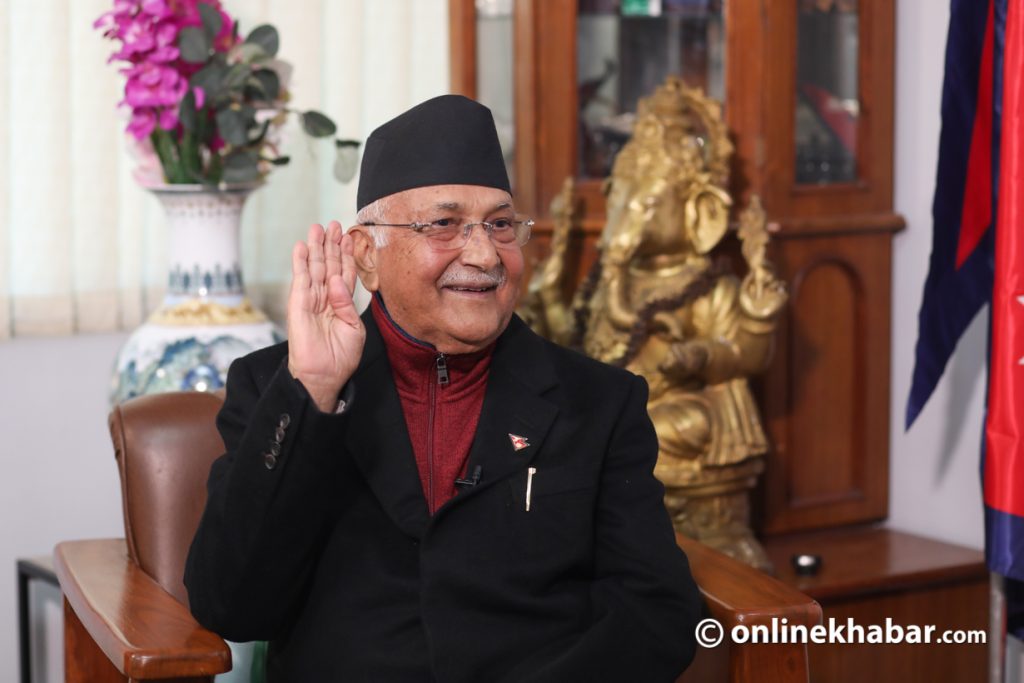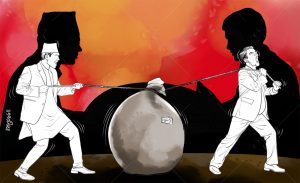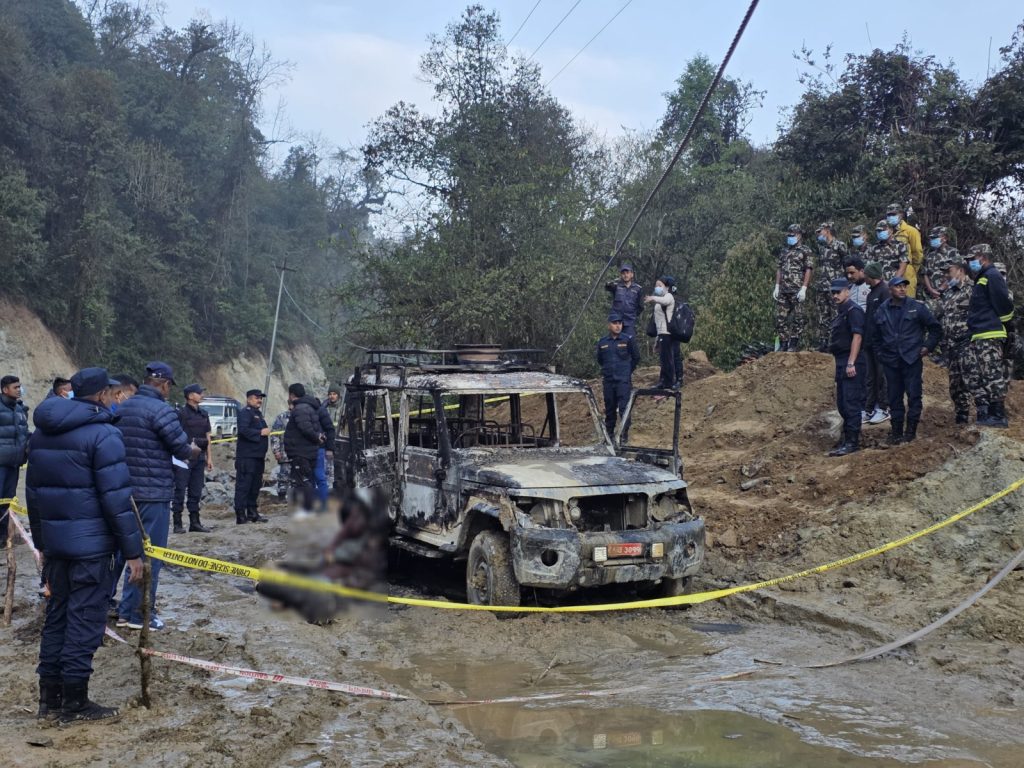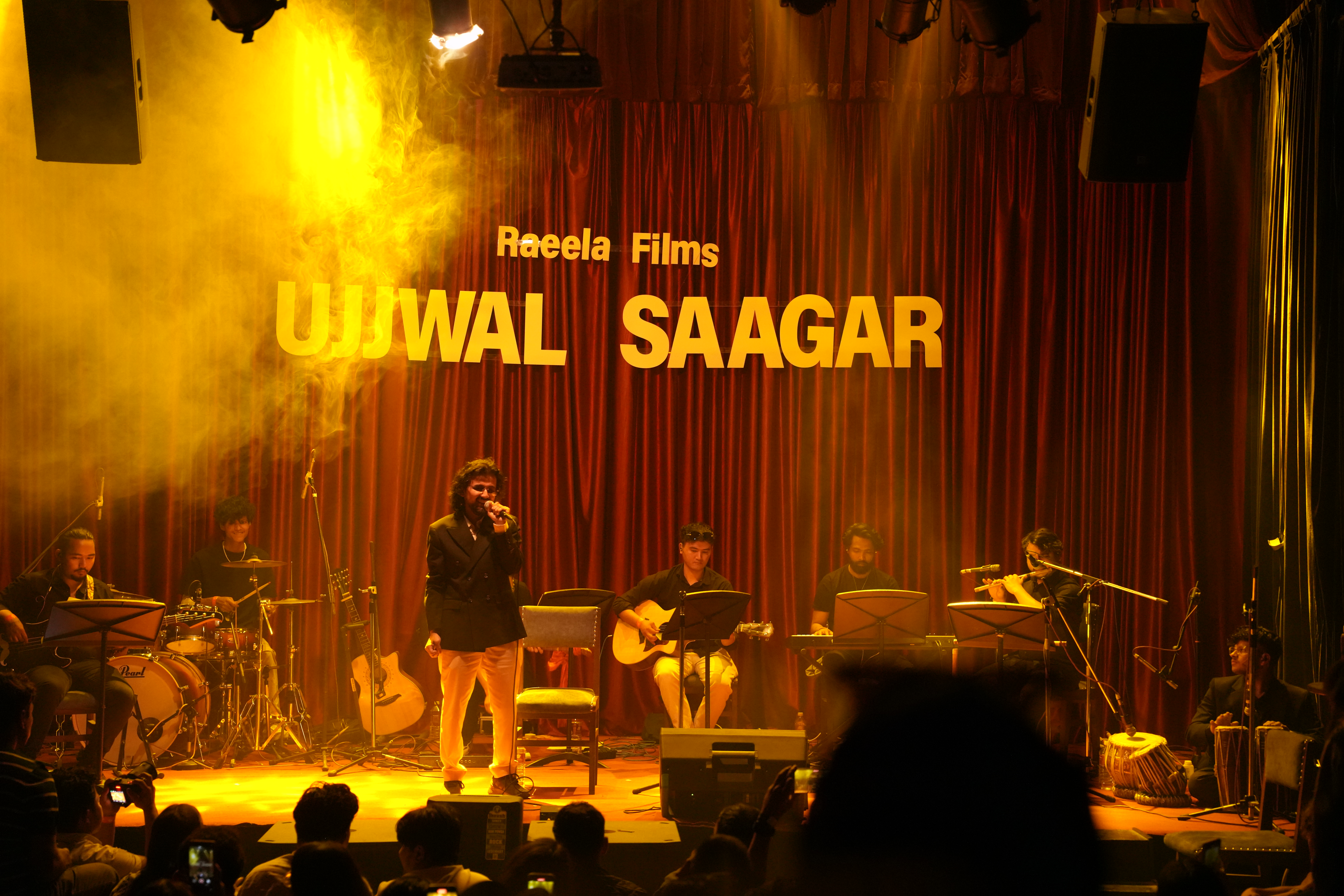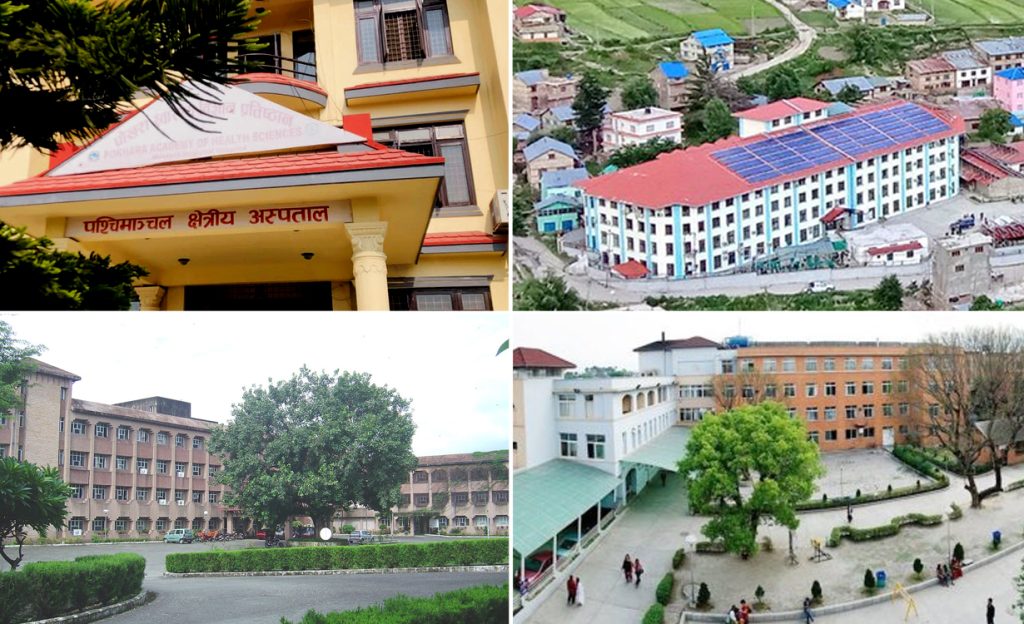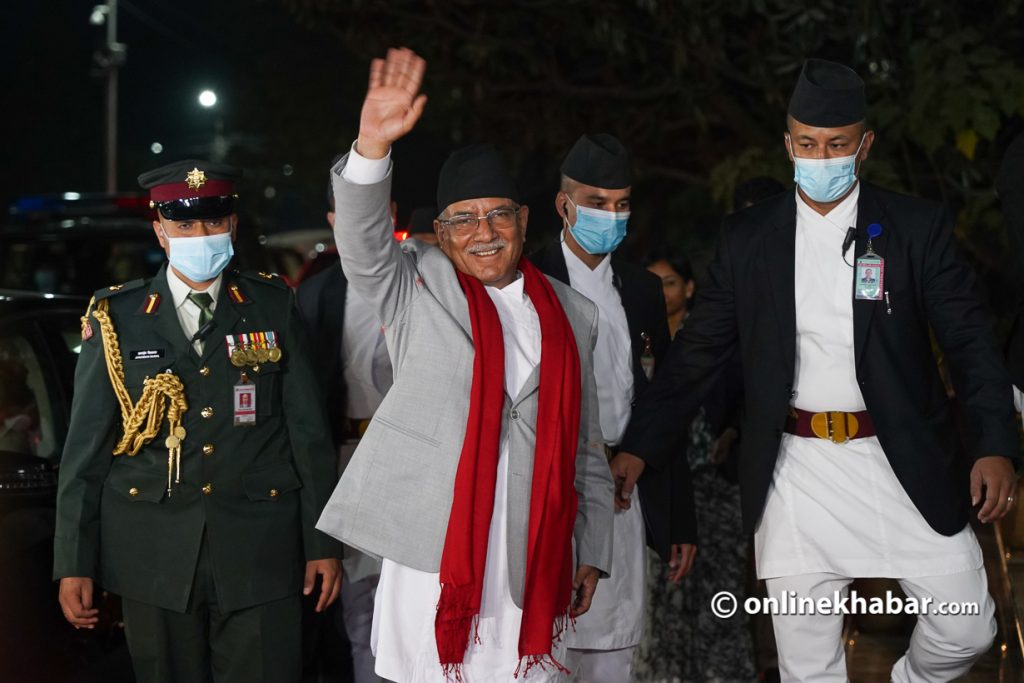
Nepali politics is ruthless. A friend today is a foe tomorrow as you have seen over the past week. Even if Nepali politics cannot guarantee stability, what it does guarantee is absolute drama. And, a lot of drama took place this year.
It was the year of the local, provincial and federal elections. The elections saw the fall of old heads as new and young candidates emerged. Alternative parties emerged as did independent candidates. At the end of the year, an unusual alliance got formed as Nepal saw Pushpa Kamal Dahal become prime minister for the third time.
So what happened over the past year – let’s take a look.
1. CJ Rana impeachment saga
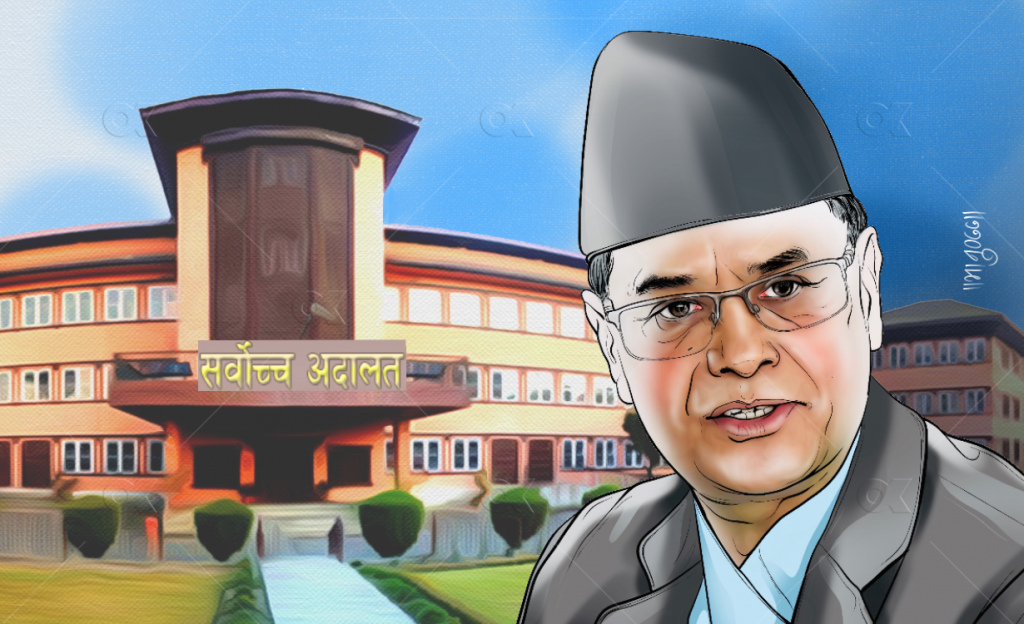
Lawmakers of the then-ruling alliance filed an impeachment motion against Chief Justice Cholendra Shamsher Rana on February 13 this year. From then till his recent retirement, CJ Rana remained at the centre of controversy in Nepali politics with him being accused of asking for his representation in the new cabinet in exchange for the constitutional bench reinstating the parliament. He was not impeached, but as his term came to an end in December, he left office without having stepped foot in the supreme court since February 2022.
2. MCC ratification
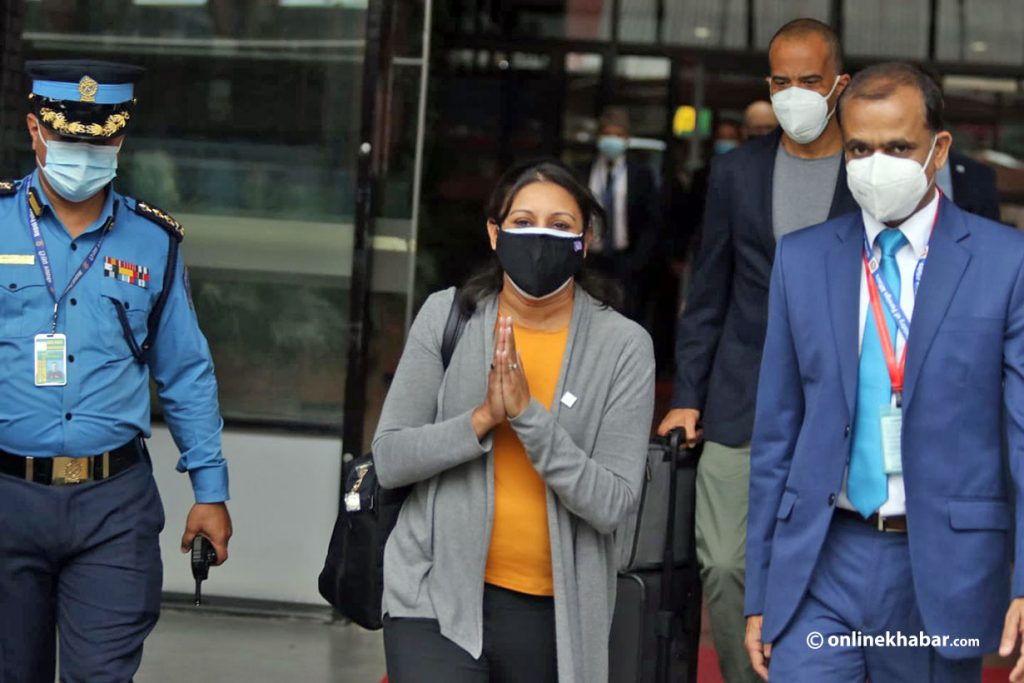
Despite various protests, Nepal’s parliament ratified the Millennium Challenge Corporation (MCC) grant on February 27. Nepal signed the deal with the United States government on September 14, 2017, to receive a USD 500 million grant for road and electricity infrastructure projects. Despite the public being against it, the ruling alliance led by Prime Minister Sher Bahadur Deuba decided to pass the deal. It, however, decided to add an interpretative declaration to address various concerns raised in Nepal about the impact of the deal.
Following the ratification, voices against the deal have been virtually silenced in Nepali politics.
3. Rise of Balens
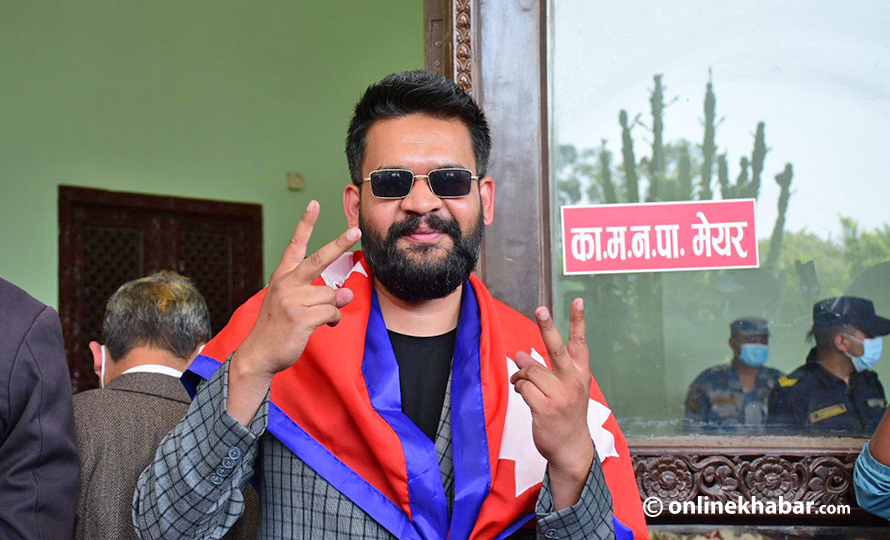
The local elections in Nepal held in May saw the rise of independent candidates, giving a new message in Nepali politics. People like Balen Shah, Harka Sampang and Gopal Hamal won their elections quite easily. Their win also gave the people a lot of hope for change. The local elections saw many young people go out and vote, something that did not happen in the provincial and federal elections.
4. The keys to the finance ministry
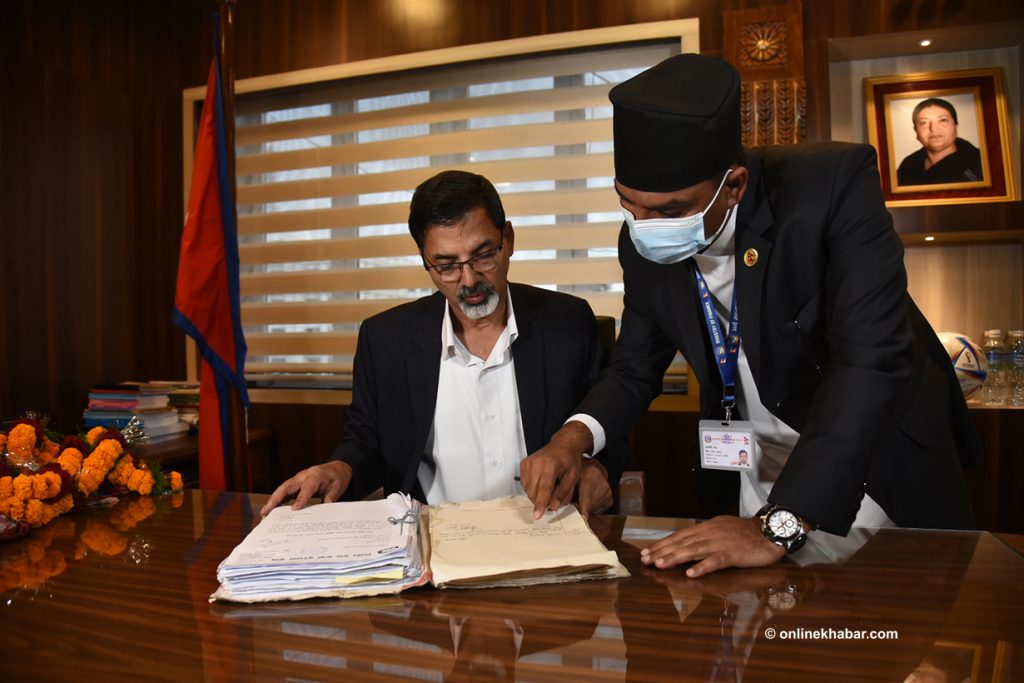
In July, Finance Minister Janardan Sharma resigned after the national daily newspaper Annapurna Post published news that he changed tax rates in the budget plan for the next fiscal year under some industrialists’ pressure. As the news reported that the industrialists entered the ministry office on the eve of the budget announcement to tamper with the document, there was a call to investigate the CCTV footage. But, the footage was missing.
Following his resignation, a House committee was formed to investigate the case. The committee did not find any evidence, after which Sharma was reinstated as the finance minister, setting a bad precedent in Nepali politics.
5. Consistent citizenship bill dispute
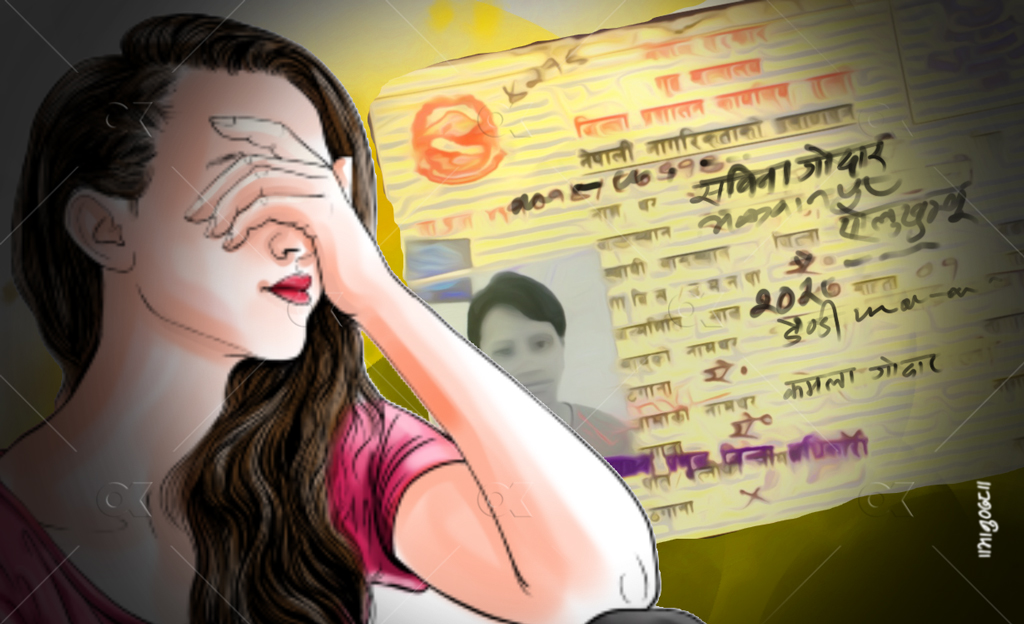
In August, President Bidya Devi Bhandari returned the citizenship bill to the parliament, suggesting a reconsideration, bringing herself into a conflict with the executive, which is quite rare in Nepali politics. Both houses, however, approved the bill as it was and sent it to the president.
Endorsing the bill to amend the Citizenship Act through both houses of the federal parliament, Speaker Agni Prasad Sapkota sent the bill to the head of the state seeking its final assent on September 5.
As per the constitution, the head of the state was required to approve the citizenship bill sent to her for the second time within 15 days of her office receiving it. However, she did not do so by September 20.
Later, the President’s Office said President Bidya Devi Bhandari refused to enact the controversial citizenship bill in September as the bill was against the nation, and as the head of the state, she had a veto to protect the national interests.
It seems the dispute will resurface in the new government’s term also as citizenship has been a bone of contention in Nepali politics for the last several years.
6. Death of Pradip Giri
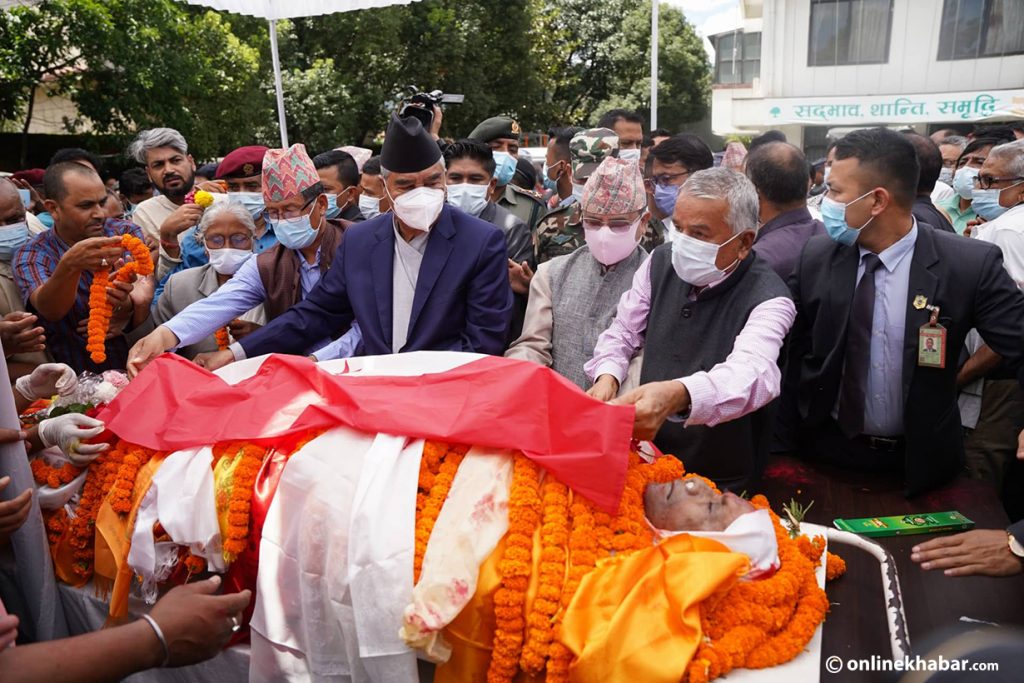
Pradip Giri, a lawmaker of the Nepali Congress party, died aged 75 on August 21. Giri was a socialist thinker and philosopher. His views were respected by most of his peers and even his opponents. He was a member of the Nepali Congress, but he was so well-versed in communism that he was frequently invited to train communists in Nepal. His funeral was attended by all the senior leaders of the country. His visionary thinking will be missed in Nepali politics.
7. Frail federalism

Prior to the elections in November, many leaders openly talked about the poor implementation of the federal governance system in Nepal. Rabi Lamichhane-led party decided not to contest the provincial elections while other parties like Rastriya Prajatantra Party and Rastra Janamorcha Party have been calling for it to be scarped entirely. Even the parties that are pro-federalism are not happy with the way provincial governments are functioning in Nepali politics.
8. Old heads told no
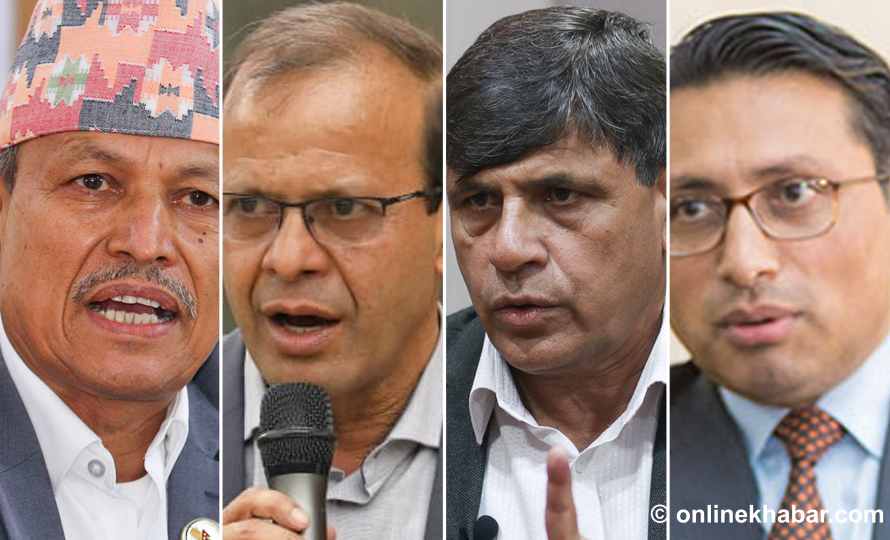
Elections are tough on senior party leaders as tough choices have to be made on who gets a ticket to contest the November elections. This year, Nepal saw how chiefs of both the Nepali Congress and the UML became ruthless as they did not give tickets to senior leaders for speaking against the leadership. Outspoken leader Bhim Rawal was told he would not be given a ticket by the UML along with Ghanshyam Bhusal. Nepali Congress also refused to give tickets to Minindra Rijal and economist Swarnim Wagle. With this, calls for intra-party primaries to select electoral candidates are growing louder in Nepali politics.
9. Time for an alternative
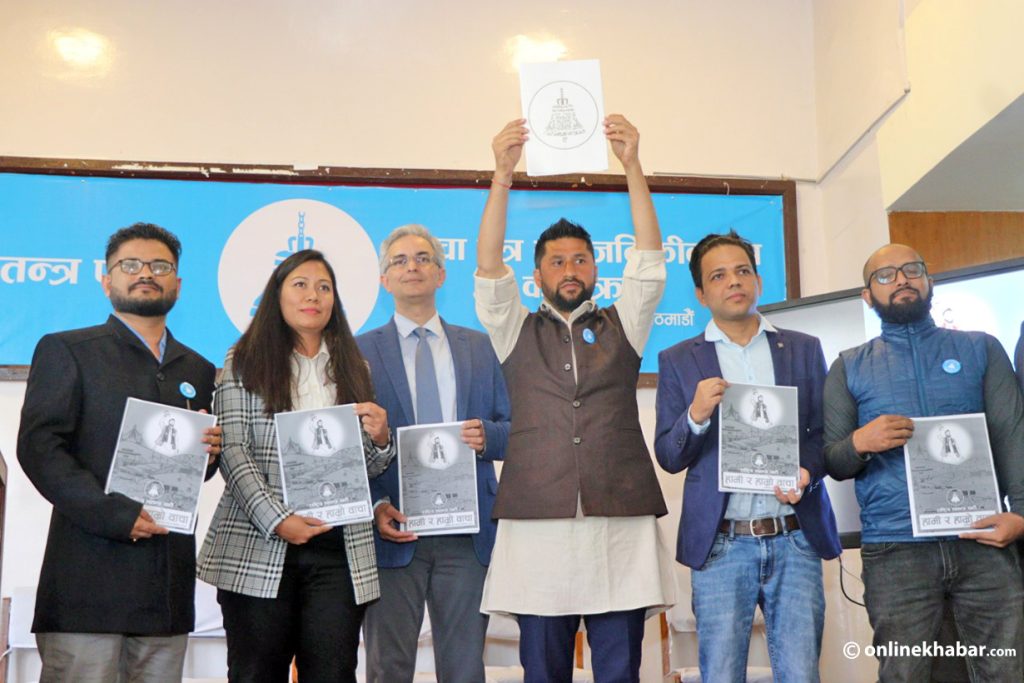
As Shah, Sampang and Hamal won independently, many others announced to contest the provincial and federal elections scheduled for November on their own. Sagar Dhakal and Ranju Darshana announced their candidacy for the federal elections as the two went against the likes of Sher Bahadur Deuba and Ishwar Pokharel respectively. The local elections also gave birth to Rabi Lamichhane-led Rastriya Swatantra Party, which did an amazing job in the federal elections as it won seven first-past-the-post and 13 proportional representation seats, winning multiple constituencies in Kathmandu valley itself. The rise of CK Raut and Ranjita Shrestha with their Janamat Party and Nagarik Unmukti Party did well in the elections as they have become kingmakers in Nepali politics.
10. The downfall of established Madhesi parties
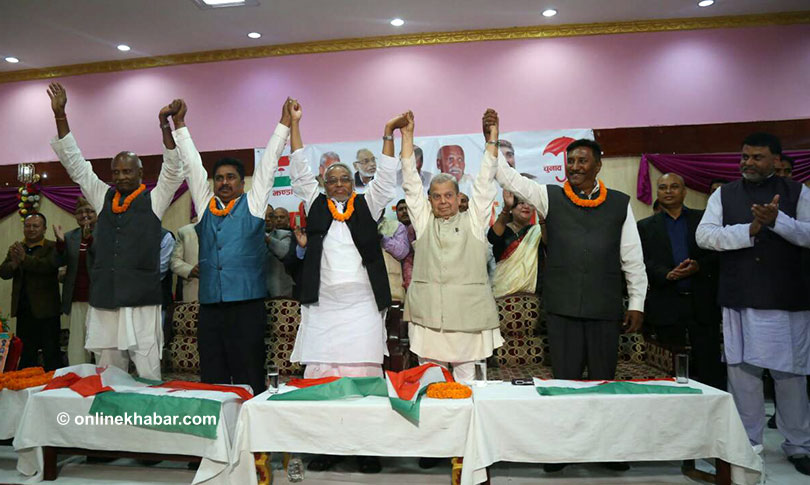
The established Madhesh-based parties have done a lot to stay relevant in Nepali politics, but this year saw their effort go in vain as the country’s mainstream parties took back power in Madhesh in the November elections. Only Janata Samajbadi Party Nepal and Janamat Party became national parties while the region’s prominent leaders such as Upendra Yadav, Hridayesh Tripathi and Rajendra Mahato all lost. Loktantrik Samajbadi Party did win six seats, but it failed to become a national party.
11. Time for ‘fierceness’
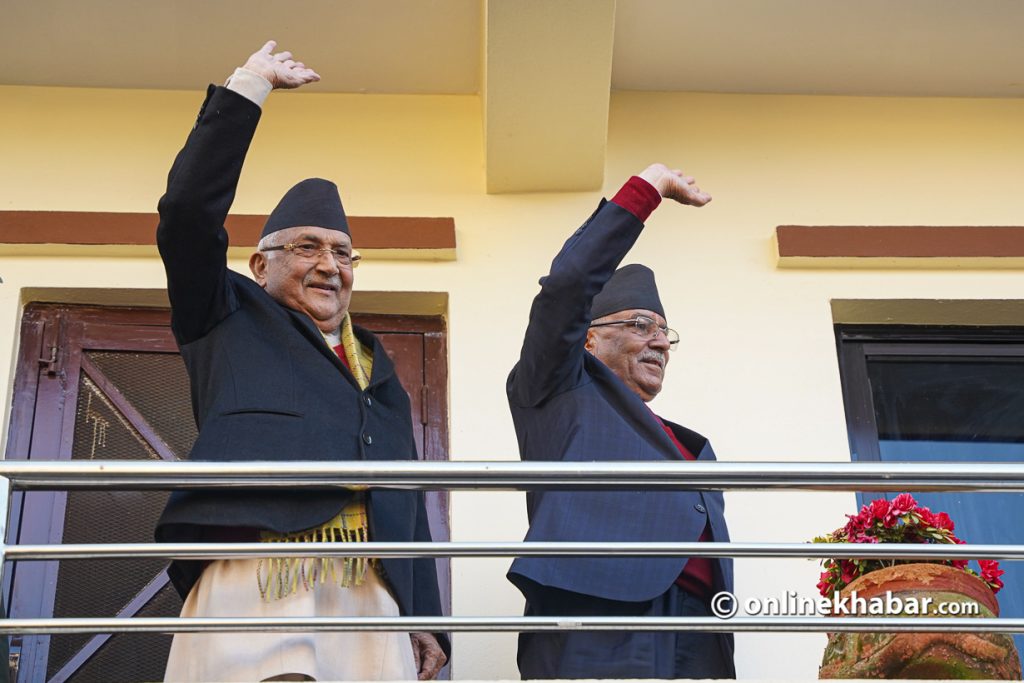
After Sher Bahadur Deuba defeated Gagan Thapa to become the parliamentary party leader of the Nepali Congress, it was almost certain that he would be the prime minister. But, in a surprising turn of events, Pushpa Kamal Dahal became the prime minister of the country in the last week of December after Deuba failed to meet the demands put forward by Dahal in which the latter had stated he wanted to be PM before Deuba. In a more surprising turn of events in Nepali politics, Dahal joined hands with KP Sharma Oli, with whom he was not on good terms for the past two years.
In Dahal’s appointment, international media remembered his guerrilla army force and interpreted his nom de guerre ‘Prachanda‘ as “fierce”. But, it is not clear how fierce Dahal can be in his third term.
12. Foreigners’ interest
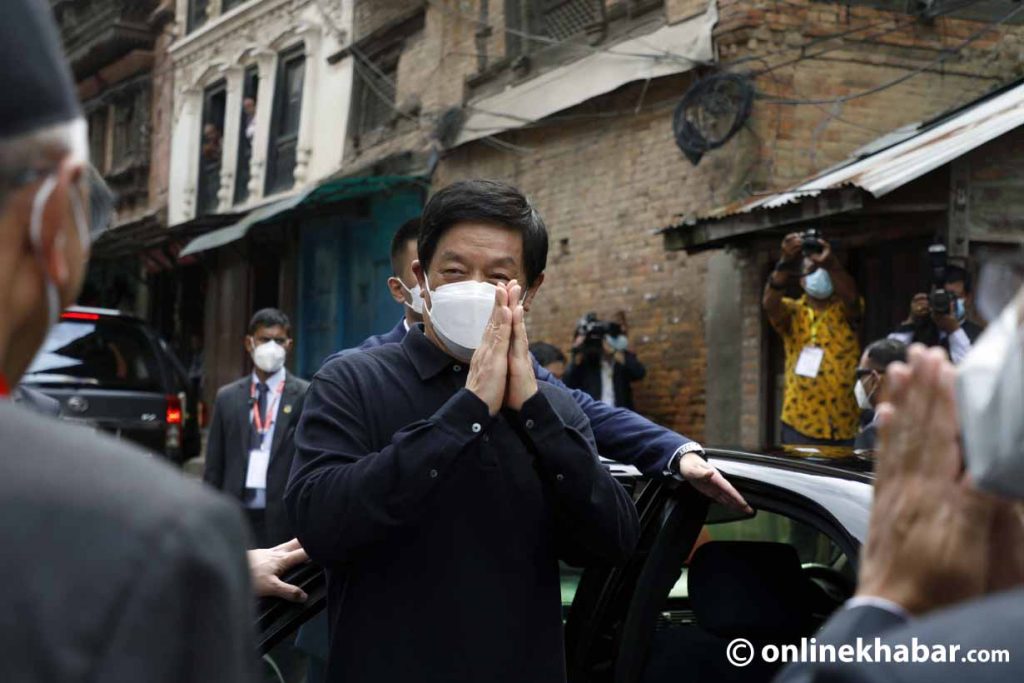
This year also, Nepal saw a lot of foreign leaders visiting Kathmandu, proving once again that Nepali politics matters for them also. High-ranking officials from both the US and China came to Nepal. Chinese foreign minister Wang Yi came to Nepal for three days in March. Liu Jianchao, the head of the International Liaison Department of the Chinese Communist Party also came to Nepal along with Chinese Speaker Li Zhanshu.
US officials also visited Nepal a lot this year. US Assistant Secretary for Global Public Affairs Elizabeth Kennedy Trudeau visited Nepal along with Donald Lu, the United States assistant secretary of state for South and Central Asian affairs. Along with that, a four-member delegation of the US Congress paid a three-day visit to Nepal. United States Undersecretary of State for Civilian Security, Democracy, and Human Rights and US Special Coordinator for Tibetan Issues, Uzra Zeya also came to Nepal in 2022 along with the commanding general of the US Army Pacific, General Charles Flynn.




